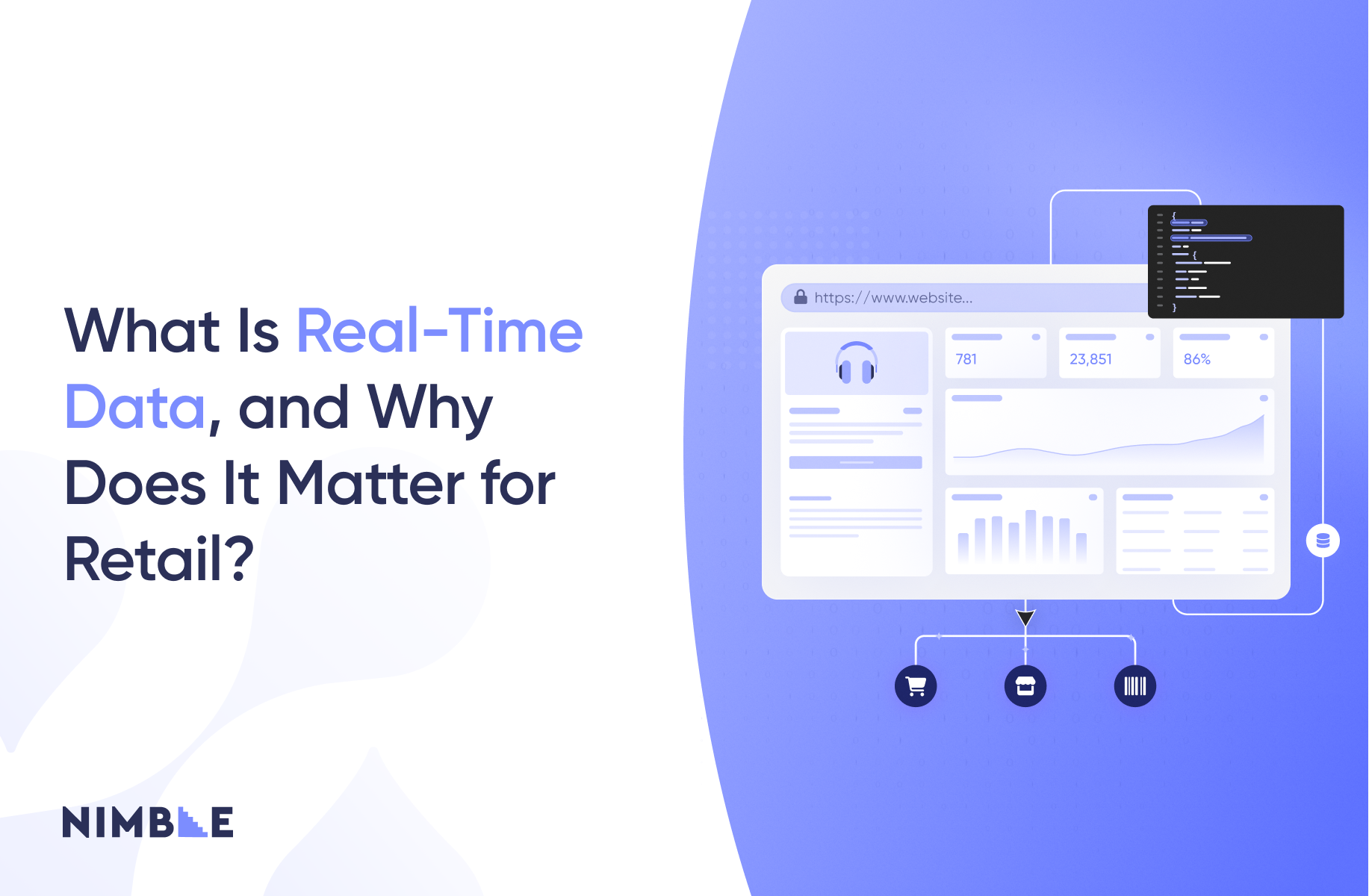The Web Scraping Landscape & Predictions for 2024


Having reviewed the entirety of the CCCD process, it’s understandable to feel overwhelmed. New players are constantly entering, old players are upgrading and releasing new solutions, and the process as a whole is as complex as ever. To help navigate the web scraping domain and quickly hone in on the tools that best suit your needs, we’ve created a landscape of web scraping technologies:
Predictions into 2024
As we wrap up this guide, we look forward to a bright future. Although web scraping is fraught with challenges, there are brilliant individuals and organizations working daily to bring the newest and most powerful technologies to bear on this fundamental problem. Going into 2024, we believe these are some of the most exciting spaces you should be watching:
Large Language Models in Web Scraping
The upcoming year will witness a significant enhancement in web scraping technologies, primarily driven by the advanced capabilities of Large Language Models like GPT-4. These models will revolutionize the way web scraping tools understand and interpret complex web structures, enabling more effective data extraction and robustness in parsing.
Dynamic Proxy Integration and AI in Anti-bot Evasion
A key development will be the sophisticated integration of dynamic proxies, powered by AI-driven optimization engines. This will be essential in adapting to the latest anti-scraping measures, including the use of residential proxies. Moreover, the use of AI and machine learning for creating synthetic fingerprints will become more prevalent, allowing web scraping tools to mimic genuine user behaviors to bypass advanced detection systems.
Structured Web Scraping Frameworks
The sector will see a rise in structured workflows like the CCCD framework, which will streamline the web scraping process. These frameworks will evolve to focus more on automation, AI integration, and ethical scraping practices, marking a significant shift in the operational approach of web scraping.
Advancements in Automated Crawling and RPA
The integration of Large Language Models will bring a new level of intelligence to automated crawling, making it faster and more efficient. Concurrently, Robotic Process Automation (RPA) is expected to handle larger and more complex web scraping tasks, aided by the integration of AI technologies.
Ethical Data Extraction and Compliance
As we progress, there will be an intensified focus on ethical data extraction and regulation compliance. Companies will need to adapt to new legal frameworks and stricter regulations to ensure ethical and legal use of data, driving technological and operational changes.
AI in Data Parsing and Cleaning
AI will play a more significant role in data parsing and cleaning, with new models being developed to automatically detect and rectify data inconsistencies. This will enhance the accuracy and reliability of the scraped data.
Debugging and Monitoring Enhancements
The year ahead will also bring advancements in debugging and monitoring tools for web scraping pipelines. These tools will become more sophisticated, enabling more efficient identification and resolution of issues across all web scraping phases.
Expansion of Web Scraping Applications
Finally, the application of web scraping technologies will expand into new domains like market research, competitive analysis, and academic research. There will be a particular emphasis on scraping complex and dynamic content, including social media platforms and multimedia sources, reflecting the growing importance of web scraping across various fields.
Conclusion
As we transition into 2024, the synergy between LLMs, RPA, and other web scraping technologies is set to redefine the web scraping landscape. Overcoming the challenges of scaling, ensuring ethical data extraction, and achieving seamless tool integration are the essential steps toward a more efficient and effective data extraction ecosystem. This forthcoming synergy is poised to significantly augment data-driven strategies across diverse sectors. It heralds a new epoch of informed, strategic decision-making propelled by an abundance of easily accessible data.
FAQ
Answers to frequently asked questions

















